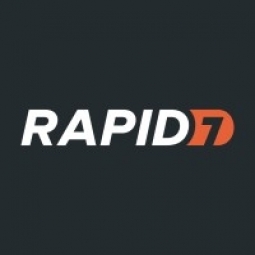Technology Category
- Cybersecurity & Privacy - Cloud Security
- Platform as a Service (PaaS) - Application Development Platforms
Applicable Industries
- Cities & Municipalities
- Education
Applicable Functions
- Human Resources
Use Cases
- Cybersecurity
- Tamper Detection
Services
- Cybersecurity Services
- Training
About The Customer
Blue Valley Unified School District is a large educational institution in Kansas, encompassing more than 23,000 students and 3,100 staff and teachers spread over five high schools, nine middle schools, and 21 elementary schools. The district is committed to integrating technology into its curriculum and instruction, with a 1:1 device-to-student ratio from kindergarten onwards. The district is also committed to providing safe learning environments for its students, protecting all district devices and online student activities through a cloud-based filtering system 24/7. However, the district faced significant security challenges, including ransomware attacks, visibility, and staffing, which led to the implementation of the Rapid7 Insight Platform.
The Challenge
Blue Valley Unified School District in Kansas, with over 23,000 students and 3,100 staff spread across 35 schools, was committed to providing a safe digital learning environment for its students. However, the district faced significant security challenges. In August 2019, the district was targeted by a successful ransomware attack, prompting a comprehensive security assessment of its vast application and network infrastructure. The district's cybersecurity team identified ransomware attacks, visibility, and staffing as the key challenges. Ransomware attacks were a constant threat, especially given the perception that public school districts have limited budgets and manpower. Visibility was another issue, with the small team struggling to maintain a comprehensive view of the district's security landscape. Staffing was also a concern, with many school districts unable to invest in the necessary staffing and software to deal with the demands of today's cybersecurity environment.
The Solution
To address these challenges, Blue Valley's cybersecurity engineer, Evan Nichols, implemented the Rapid7 Insight Platform. This included InsightIDR for detection and response, InsightVM for vulnerability management, and InsightConnect for automation. The platform was chosen for its ability to handle large amounts of data and perform much of the heavy lifting required in cybersecurity. The team started with detection, using InsightIDR to assess the district's security needs. InsightVM was used to scan data center assets as part of the district's shift to a zero-trust model. InsightConnect was used to address the district's manpower shortage by automating incident response. The Rapid7 Insight Platform provided the team with the visibility they needed to oversee and protect their challenging environment. It also allowed them to monitor a wide range of sources and perform custom parsing and log event sourcing faster than with other products.
Operational Impact
Quantitative Benefit

Case Study missing?
Start adding your own!
Register with your work email and create a new case study profile for your business.











.png)

